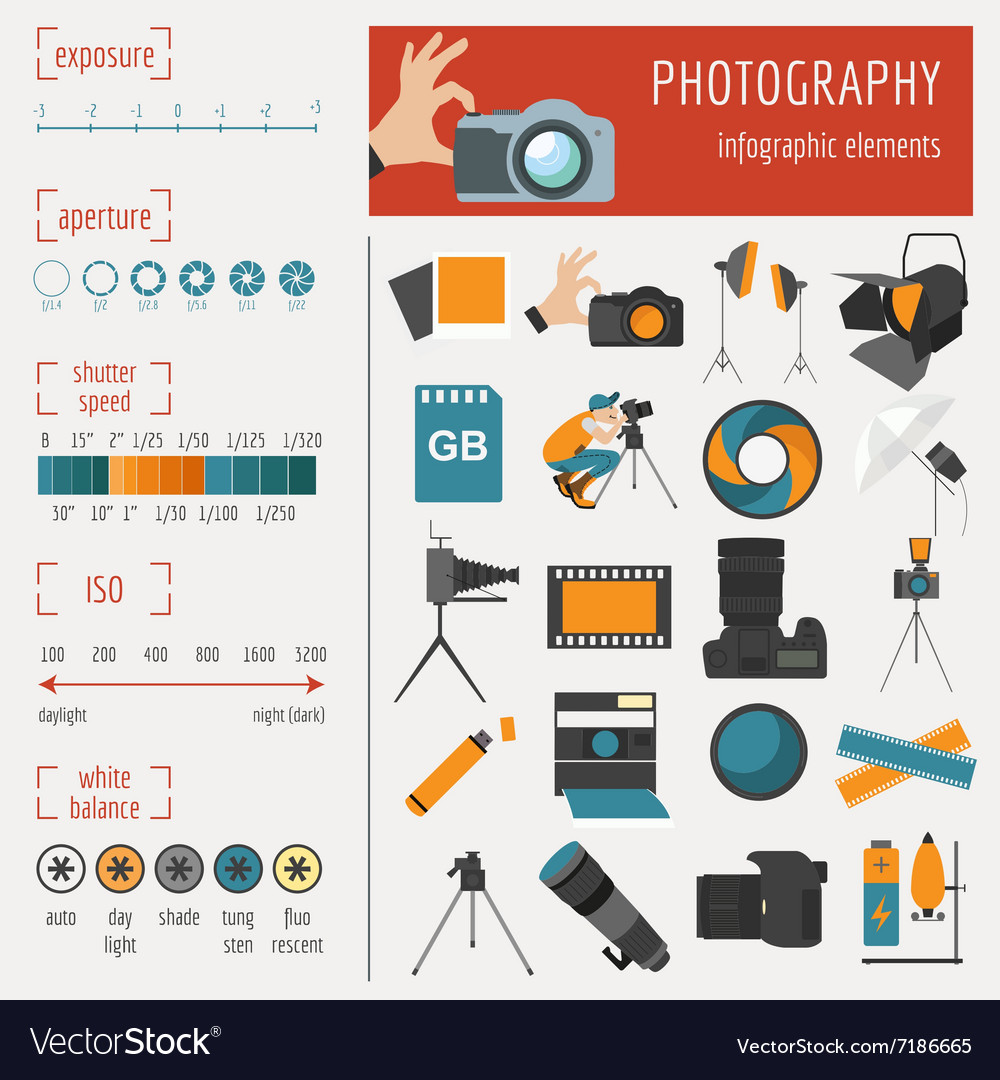Join Us To Discover Important Photography Pointers That Will Unlock Your Video Camera'S Potential-- Prepare To Capture Magnificent Images In No Time At All!
Join Us To Discover Important Photography Pointers That Will Unlock Your Video Camera'S Potential-- Prepare To Capture Magnificent Images In No Time At All!
Blog Article
Write-Up By-Ballard Bryant
When you first pick up your cam, it can really feel overwhelming with all the setups and choices readily available. You may find yourself asking yourself how to navigate aperture, shutter speed, and ISO successfully. Grasping these basics is essential, yet there's more to photography than just technical knowledge. Recognizing make-up techniques and lighting problems can elevate your photos substantially. So, what if you could learn simple approaches to improve your skills and start capturing excellent images earlier than you think? Allow's explore just how to transform your digital photography journey.
Comprehending Cam Settings
Recognizing your cam settings is critical for recording spectacular images. When you grab your camera, acquaint on your own with the three main settings: aperture, shutter rate, and ISO. Each plays a crucial duty in exactly how your photos end up.
Begin with aperture, which regulates the amount of light entering the lens. A broader aperture (lower f-number) lets in a lot more light and develops a stunning history blur, best for portraits. Alternatively, a narrower aperture (greater f-number) maintains more of the scene in emphasis, perfect for landscapes.
Next off, focus on shutter speed. https://www.nationalgeographic.co.uk/travel/2020/06/how-to-spend-the-day-in-lima-peru determines for how long your electronic camera's sensing unit is revealed to light. A quick shutter speed freezes movement, which is terrific for action shots, while a slow shutter speed can create sensational results like smooth water in landscapes.
Lastly, change your ISO. This setup influences your camera's sensitivity to light. A greater ISO is useful in low-light situations but can present sound or grain. Go for the most affordable ISO feasible while still attaining correct direct exposure.
Composition Methods
When you're out shooting, composition can make all the distinction in just how your photos reverberate with audiences. Start by utilizing the regulation of thirds; envision your structure separated into nine equal areas with two horizontal and 2 upright lines. Setting key elements along these lines or at their junctions to create balance and rate of interest.
Next off, consider leading lines. These natural lines in your scene, like roads or rivers, draw the viewer's eye right into the photo, assisting them via the tale you're informing.
Do not forget framing; use components within your scene, like trees or windows, to develop a framework around your subject, adding deepness and focus.
Likewise, watch on your history. A messy history can distract from your main topic, while a simple one helps it attract attention.
https://blogfreely.net/fermin0315elisa/open-the-secrets-to-discovering-the-ideal-video-camera-for-your-needs-yet but not least, explore proportion and patterns; they can create a striking image that records interest.
Mastering Lights Issues
Grasping illumination problems is crucial for capturing magnificent pictures, as the ideal light can transform a normal scene into something extraordinary.
Begin by observing all-natural light at various times of the day. Early mornings and late afternoons use the very best light, known as the gold hour. The soft, cozy tones during these times can boost your images wonderfully.
Don't shy away from overcast days either; diffused light can decrease extreme shadows and produce a pleasing effect, specifically for portraits.
Experiment with backlighting by placing your topic versus the light source. http://darius585carl.booklikes.com/post/6559666/typical-errors-new-photographers-make-and-exactly-how-to-prevent-them can produce a dreamy halo result and include deepness to your photos.
Focus on your camera setups as well. Readjust the ISO, aperture, and shutter speed to suit the illumination problems. A greater ISO can assist in reduced light, yet be cautious of grain.
Use a tripod in darker environments to prevent blur.
Finally, don't forget synthetic illumination. Flash and continuous lights can be wonderful devices for regulating light in challenging conditions.
Conclusion
Finally, grasping your camera doesn't have to be overwhelming. By recognizing your setups, using composition methods, and utilizing the power of all-natural light, you'll swiftly raise your digital photography abilities. Keep in mind, practice makes excellent, so go out there and explore your newly found knowledge. With time and dedication, you'll be capturing stunning images that mirror your unique perspective. Delight in the journey, and do not forget to enjoy while you're at it!
